Although there are many examples of asbestos exposure in military settings stretching from World War II until about 1970, the Navy is the most prone to contact with the material. Navy shipyards within the United States proved to be the best of the best. The impeccable architecture left shipyards and vessels nearly indestructible. This was, in large part, due to the use of asbestos. Its heat and chemical resistance along with its unbelievable strength left individuals convinced that asbestos was a miracle material. What the government and citizens of this country did not know, however, were the dangerous health effects that could come from even limited exposure.
Besides its extensive use on steamships and shipyards, asbestos was used in boiler rooms and engine rooms. The tight spaces and the lack of proper ventilation left workers and machinists in the midst of a contaminated area. Below-deck compartments were a breeding ground for loose airborne asbestos fibers. This, in turn, allowed those within the compartments to breathe in the toxic fibers which lodged in their lungs for many years to follow. There was also the risk of contamination to others on base, as well as the family members of the workers. Secondary asbestos exposure was due to loose fibers caught on the clothing and gear of workers which was then inhaled by family members. This type of exposure is just as dangerous and can cause the same negative effects. What is even more frightening is that these Naval personnel could have been warned by their employers and those who sold material containing asbestos. By 1950, many industries knew of the dangerous effects of asbestos, and chose not to inform or protect their workers. As a result, thousands of Navy veterans are at risk for developing mesothelioma. Some already have. Some are unaware that they were even at risk in the first place. The best approach is to receive a complete examination and be honest about the working conditions the patient was under during military service.
The same type of treatments and medications are used on military personnel and civilians in the American workforce. Chemotherapy and radiation can be effective in alleviating symptoms for the patient but not curing or eliminating the disease. Veterans, however, find it difficult to get the same type of benefits as workers who have been contaminated through work areas such as construction sites. Navy veterans often have trouble getting the same type of benefits regarding their mesothelioma treatment. More legal help is required to get a fair portion of compensation for medical bills and emotional stress. There are a number of attorneys and firms that specialize in mesothelioma and other lung related illness cases due to negligence of companies. Navy and other military areas consider themselves at no fault for not providing adequate information to their volunteers and workers. This, in turn, forces veterans to take legal action to receive the proper benefits that they deserve to lead a normal life.















